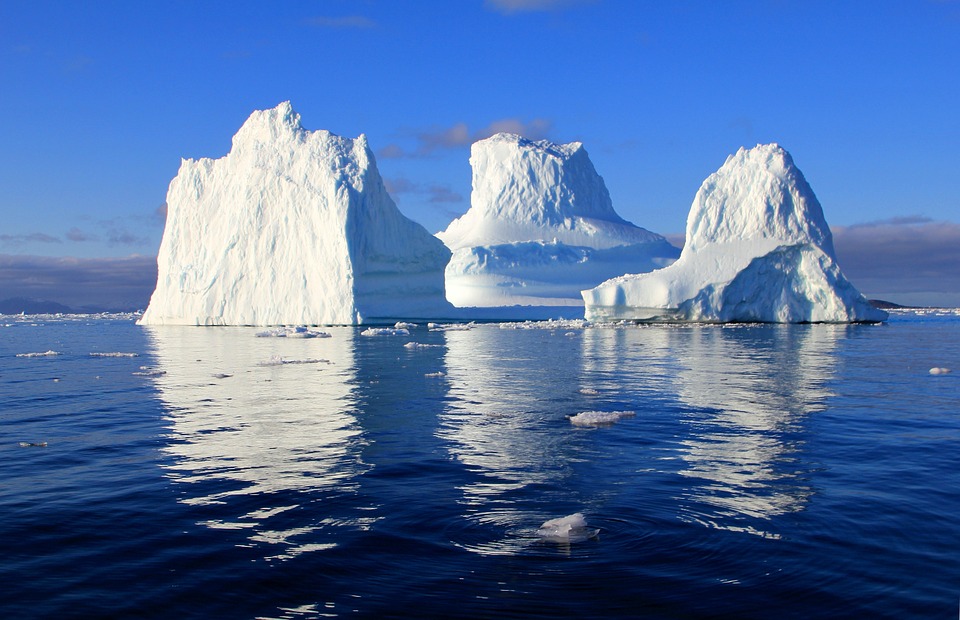In 2019, the youth headlined protests to raise awareness on the dangers of climate change, with teenage activist Greta Thunberg leading the charge. Today, a new report reveals that global sea levels have reached its highest this decade.
Express reports that the global mean sea levels are at its highest to date due to climate change. As the weather becomes warmer, the sea levels continue going up. The rise in the sea levels is worsened by the melting ice in the polar regions of the world as sheets of ice in Greenland and Antarctica begin to melt away. According to Albert Klein Tank of the United Kingdom Met Office under the World Meteorological Organization, “The effects of increasing carbon dioxide and other greenhouse gases are seen not just in rising global temperature but in other indicators too, such as melting Arctic sea ice, shrinking glaciers, rising sea levels, and warming oceans.”
Tank added that action must be taken in order to prevent or at the very least, minimize the impact that climate change would bring. This could be done in the form of an emissions peak. The carbon dioxide emissions in 2019 have also reached its highest record to date, and the glaciers are losing ice for the 32nd consecutive year.
Unfortunately, according to the United Nations Secretary-General Antonio Gutierres, the world is off-track in meeting climate objectives stipulated in the Paris Agreement. “We need to reduce greenhouse emissions by 45 percent from 2010 levels by 2030 and reach a net-zero emission by 2050,” said Gutierres, who added that a strong political will is required to make this happen.
The ice in Greenland is melting at a very alarming rate, and a previous report reveals that some countries may be at risk of the rising sea levels coming from the melting ice in Greenland. A study conducted by both NASA and ESA found that by the end of the century, the sea levels could go up by up to five inches as billions of tons of ice are melting every year. If all the ice in Greenland were to melt, the global sea levels could rise by up to 7.4 meters, putting people out of their homes and submerging other areas.



 FDA Approval of Opdivo Injection Sparks Hope for Cancer Patients with Revolutionary Treatment Update
FDA Approval of Opdivo Injection Sparks Hope for Cancer Patients with Revolutionary Treatment Update  Christmas Eve Asteroid' to Skim Past Earth at 14,743 mph Tonight, NASA Warns
Christmas Eve Asteroid' to Skim Past Earth at 14,743 mph Tonight, NASA Warns  It’s science, not fiction: high-tech drones may soon be fighting bushfires in Australia
It’s science, not fiction: high-tech drones may soon be fighting bushfires in Australia  Bill Gates’ Shocking New Malaria Solution Unveiled as Genetically Modified Mosquitoes Turn Into Flying Vaccinators
Bill Gates’ Shocking New Malaria Solution Unveiled as Genetically Modified Mosquitoes Turn Into Flying Vaccinators  Earth is bombarded with rocks from space – but who gets to keep these ultimate antiques?
Earth is bombarded with rocks from space – but who gets to keep these ultimate antiques?  Despite fears of falling trust in expert knowledge, a global survey shows New Zealanders value science highly
Despite fears of falling trust in expert knowledge, a global survey shows New Zealanders value science highly  Public Health Experts Warn of ‘Quad-Demic’ as Flu, COVID, RSV, and Norovirus Threaten Winter Surge
Public Health Experts Warn of ‘Quad-Demic’ as Flu, COVID, RSV, and Norovirus Threaten Winter Surge  Asteroid has a very small chance of hitting Earth in 2032, but a collision could devastate a city
Asteroid has a very small chance of hitting Earth in 2032, but a collision could devastate a city  What was the first thing scientists discovered? A historian makes the case for Babylonian astronomy
What was the first thing scientists discovered? A historian makes the case for Babylonian astronomy  What’s the shape of the universe? Mathematicians use topology to study the shape of the world and everything in it
What’s the shape of the universe? Mathematicians use topology to study the shape of the world and everything in it  One of the largest searches for alien life started 30 years ago. Its legacy lives on today
One of the largest searches for alien life started 30 years ago. Its legacy lives on today  Explosive CIA Whistleblower Claims Havana Syndrome Victims Face Cancer, Dementia, and Government Betrayal
Explosive CIA Whistleblower Claims Havana Syndrome Victims Face Cancer, Dementia, and Government Betrayal  Why we are so scared of space – and how this fear can drive conspiracy theories
Why we are so scared of space – and how this fear can drive conspiracy theories 





























